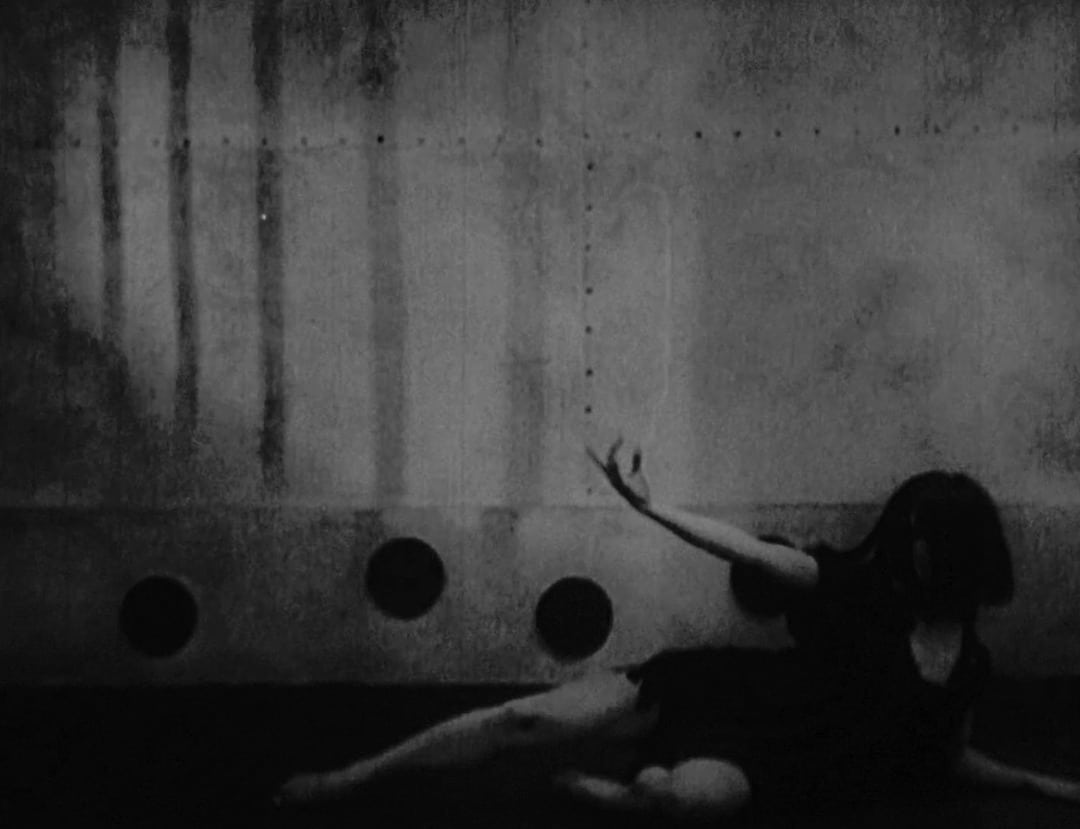A Page of Madness (1926), dir. Teinosuke Kinugasa, is a mesmerising Japanese psychological avant-garde masterpiece exploring the oscillation between reality and fantasy through a distinctive, unsettling cinematic approach. The film was part of a broader context of Japanese avant-garde works created during Japan’s interwar period (1918-1941), when Japanese artistic expressions, as exemplified through poetry and other art forms, were influenced by European modernist and avant-garde art, exploring themes such as political repression, technology, and censorship through a mix of erotic, grotesque, and nonsensical depictions.
Set within the confining walls of a mental institution in Japan, the narrative primarily centres on a janitor haunted by the guilt of his past and struggling with acceptance whilst working to care for his institutionalised wife and grappling with his own emerging fantasies. Through a mixture of striking visuals, dream sequences, and silent storytelling, Kinugasa creates an unsettling cinematic experience that delves into themes of guilt, mental illness, and the fragility of human mind.
The film was also closely linked with the modernist literary group, shinkankakuha (New Perception school), as the screenplay was derived from consultations with several members of this group. One of the founders of the group, Riichi Yokomitsu, wrote “The phenomenon of perception for Shinkankakuha is, to put it briefly, the direct, intuitive sensation of a subjectivity that peels away the naturalised exterior aspects and leaps into the thing itself.”
Both Kinugasa’s films and the shinkankakuha focus on the concept of sense perception: A Page of Madness is characterised by its distinctive use of narrative and visual techniques, such as rapid montage sequences, multiple exposures, and lens distortions, as well as eerie painted sets and stylised lighting reminiscent of German Expressionism, to delve into the abnormal sensory experiences and perceptions of inmates in the asylum. The portrayal of mental illness reflects a tendency to transcend traditional, naturalistic depictions, in a way that also raised deep questions about societal perceptions of mental illness during the time.

